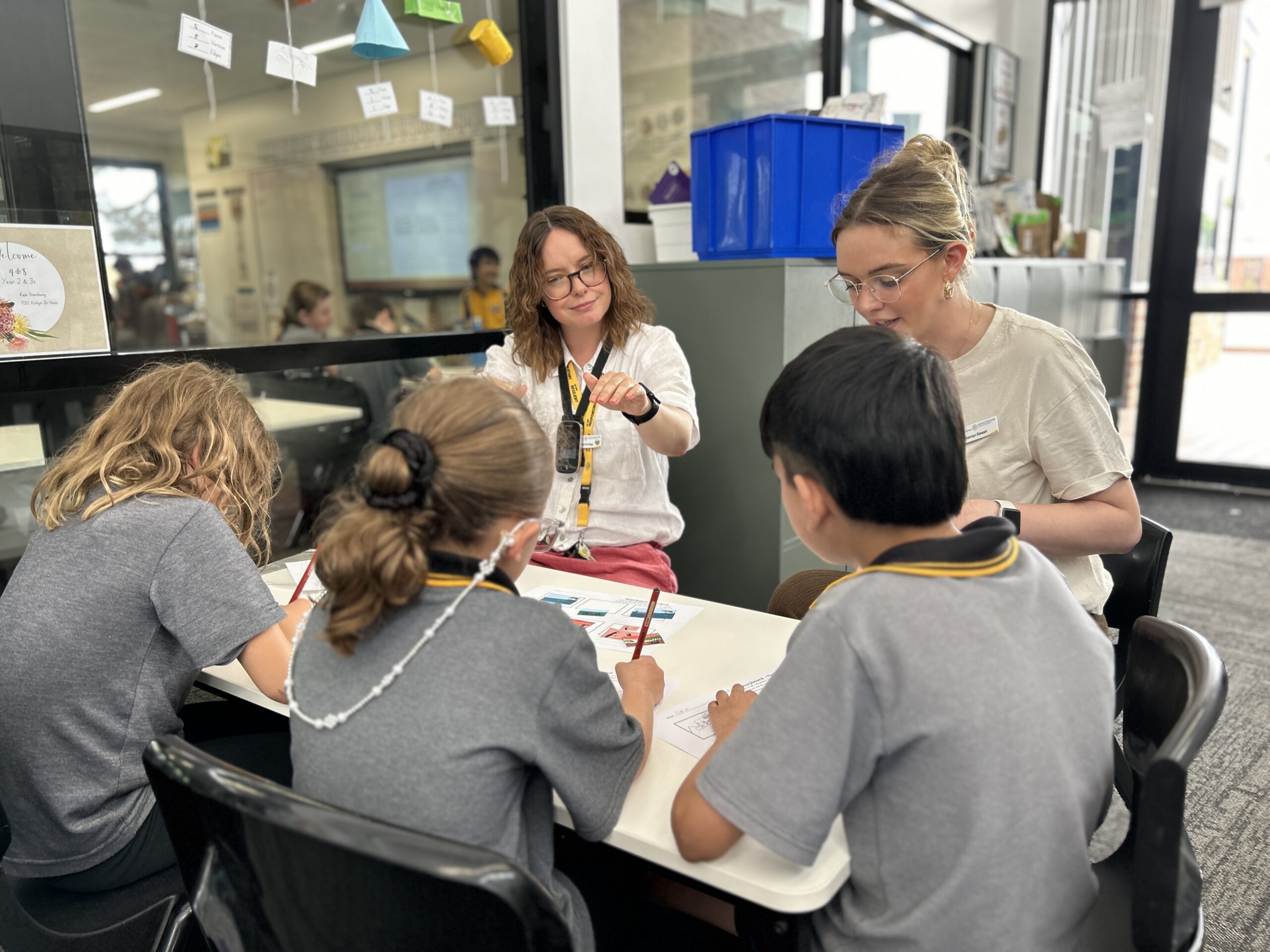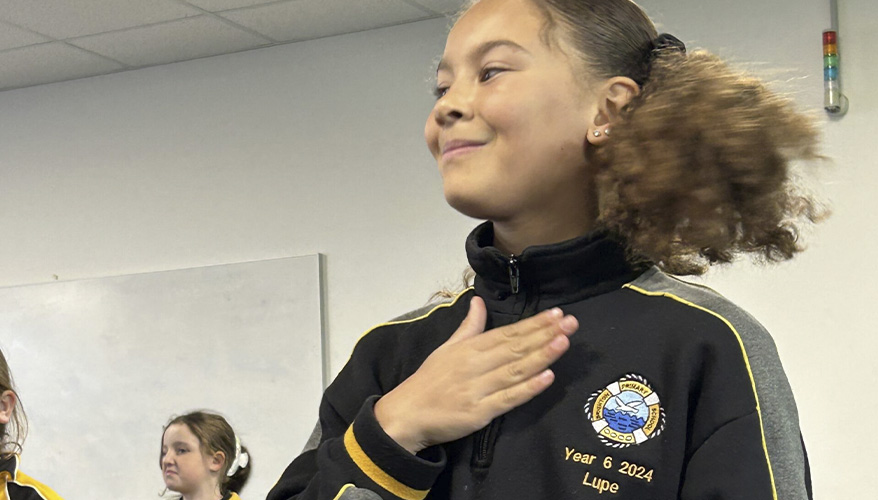Auslan


Australian Sign Language
Auslan (Australian Sign Language) is the language of the Deaf community of Australia and is descended from British Sign Language (BSL). Auslan is a fully-fledged language which is visual-gestural in nature. Auslan has a complete set of linguistic structures and are complex and highly nuanced.
Each student in Foundation to Year 6 participates in a weekly Auslan lesson taught by the specialist Auslan teacher. Through games, conversation and songs students learn vocabulary and grammatical structures. Students learn about Deaf Culture.
National Week of Deaf People is held annually in September, and provides the Deaf community with a week-long celebration. It is an opportunity to honour Deaf culture and language as well as raise vital awareness about social inclusion and communication barriers.
Signing Choir
Students have the opportunity to participate in the Signing Choirs which meet weekly. The Signing Choir perform at a range of events throughout the year.

